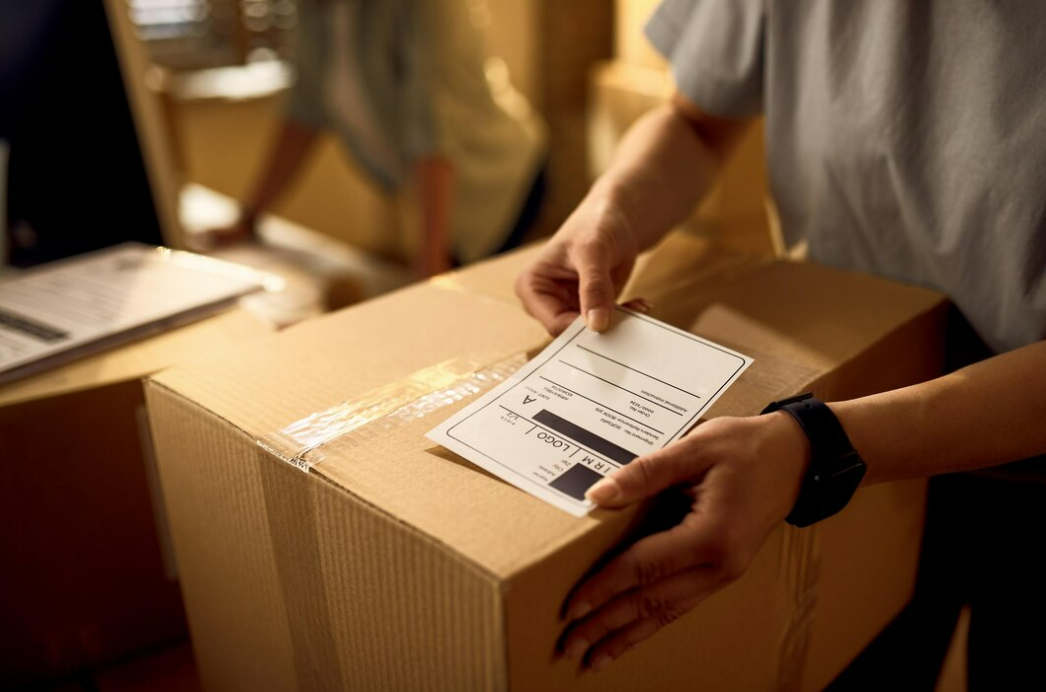
Get A Quote
Difference Between Packing and Packaging- the Ultimate Guide.
Many people use "packing" and "packaging" interchangeably, but they don't mean the same thing. Packing involves placing items in boxes or containers, typically when moving. On the other hand, packaging is about enclosing goods, especially food products, before placing them in cold storage.
You might be curious about the differences between packing and packaging, and rightly so. Despite common misuse, these terms carry different meanings. Packing is the practical task of arranging your belongings in boxes for relocation, akin to preparing for a move. Meanwhile, packaging is a distinct process, focusing on wrapping goods, particularly food items, before subjecting them to the cold confines of storage. Let me tell you the difference between packaging and packing.
What is Packaging? Why Need of it?
What is packaging?Packaging is the systematic method of preparing products for shipping, storage, logistics, and sale. It is primarily concerned with safeguarding products and involves the intricate processes of design, assessment, and package production.
The packaging industry has experienced significant growth, surpassing the importance of the actual product. It plays a pivotal role in attracting potential customers, making it a critical aspect of retail marketing.
Essential for product recognition, packaging is integral to a product's success. Without it, products become inconspicuous on store shelves, diminishing the likelihood of customer purchases.
In recent times, branding has evolved beyond selling products; it now emphasizes the importance of distinctive packaging designs. Well-executed packaging captures immediate consumer attention, potentially influencing purchasing decisions.
Effective packaging can be a decisive factor in a product's market performance. It necessitates the use of appealing colors and textures for an instant visual impact. However, its success also relies on various factors, such as consumer purchasing frequency, product dimensions, weight, and more.
Packaging serves as both an advertisement for the enclosed product and a protective barrier against potential damage during shipping, mishandling at stores, or theft outside of shopping environments.
The appeal of custom packaging lies in its ability to make the purchase feel personal and memorable. Tailoring the design to match the product helps customers identify the contents without opening the package.
The primary function of packaging is to shield products from external and internal harm, addressing shipping hazards and adverse environmental conditions. Its role in promotional considerations follows the fundamental task of protecting the products.
Different designs on packages aid customers in identifying products through visual cues like color schemes and graphics. This not only adds uniqueness to each package but also contributes to increased purchasing, as people tend to buy multiple items per visit.
Corrugated cardboard boxes offer several benefits, including self-promotion and product distinction. Appealing, secure shipping containers provide a competitive edge in the marketplace, especially in today's competitive environment. Furthermore, corrugated cardboard is environmentally friendly, as it can be recycled into various products.
In conclusion, packaging is not merely a wrapper; it is a comprehensive process critical to a product's success in the market. It serves both protective and promotional functions, influencing consumer perceptions and purchasing decisions.
What Is Packing ?
The utility of packing is vast, extending to the wrapping or covering of items, playing crucial roles in both transportation logistics and product promotion.
Packing serves to safeguard goods from potential damage, leakage, pilferage, or breakage, tailoring its approach based on the specific packaging needs of the items. Furthermore, its protective attributes ensure the safety of goods during transit.
It's crucial to distinguish between packing and packaging. Packing fulfills a specific task, but packaging is a more intricate process, playing a dual role in marketing products and shielding them from external factors such as moisture or temperature changes that could compromise the product.
Packing is an indispensable component of any journey, analogous to how the human body requires tissues throughout its structure. From moving homes to embarking on vacations, packing items in containers like boxes and bags proves beneficial for various purposes.
Containers, or packs, serve different functions depending on their use:
1. They store and shield belongings during transportation, whether across town or overseas.
2. Packs play a pivotal role in food safety, covering meats and produce at grocery stores.
While packing is essential for the shipment of goods, it lacks inherent marketing value. Properly packing products is necessary to prevent damage during transit, emphasizing the importance of correct packaging methods. For instance, items with sharp edges or fragile parts benefit from additional layers like bubble wrap or foam peanuts before placing them into another box with packing paper on top.
Packing goes beyond enclosing products; it has a voice that, though not directly contributing to marketing, is informative and can influence a product's success globally.
In our everyday lives, packing assumes vital roles beyond being a mere packaging tool for goods. Its significance extends globally, despite its lack of promotional value, shaping the message that customers hear about a brand.
What Is the Differences Between Packing and Packaging ?-Conclusion
So,What is differences between packing and packaging. Packaging stands as a cornerstone in effective logistic management. Be it packing or packaging, both share a common objective: to shield products and ensure their secure delivery to their intended destination.
Consider the act of packing, safeguarding your goods against potential harm during transit. Now, juxtapose this with the power of a well-crafted package. It transforms even ordinary-looking items into market standouts, leveraging clever design elements such as vibrant colors, logos, and brands that leave a lasting impression on consumers. It goes beyond mere wrapping; it's an art that elevates your product's visual appeal, setting it apart from the bland boxes lacking thoughtful consideration.
In the realm of retail marketing, branded items take center stage. Packaging and labeling are not mere formalities; they are essential to communicate vital information to buyers. Whether it's nutritional content or ingredients, the package acts as a silent communicator, guiding customers in their purchasing decisions. Without this informative packaging, products risk being overlooked on the shelves, lost in a sea of choices.
Yet, the impact of packaging extends beyond consumer awareness. Large packages wield a double-edged sword, creating significant profits for retailers. Their visibility on shelves translates into a more profound impact, and the leverage in negotiating wholesale prices from manufacturers results in higher costs for consumers. It's a delicate balance between maximizing visibility and ensuring consumer affordability, a dance that packaging orchestrates in the intricate world of retail economics. More information about packaging is on YCTD!
